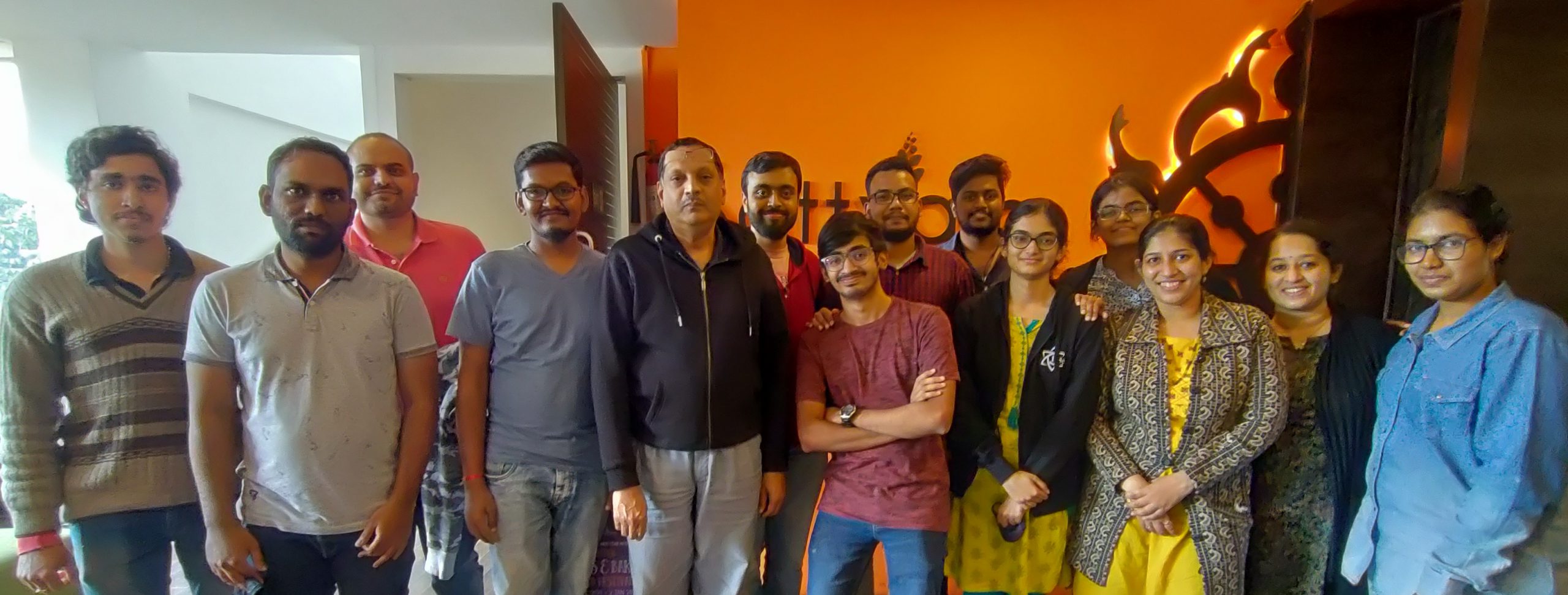

Zero Energy Networks (ZEN) Laboratory is housed in the Department of Electronics Systems Engineering, Indian Institute of Science, Bangalore.
We work on building embedded electronic systems for IoT applications pertaining to Aeroplane cabin monitoring, Healthcare, Smart homes, Intelligent Transport, Industrial Automation, Cognitive Jewellery, Automated Surveillance, and Indoor positioning systems.
We also strive at developing energy harvesting chips that suit our requirements. In order to make our systems smarter, we also employ data analytics.
A significant work in embedded space is at the MAC layer, layer 3 and other protocols. The lab has implemented Publish-Subscribe and REST architecture-based protocols and adapted embedded IPv6 flavours such as 6LowPAN.
Another focus area of the lab is related to RFID based localization and building RF energy harvesting platforms. An algorithm is being developed that can currently localize RFID tags to less than 2 feet. The laboratory has produced three energy harvesting silicon solutions to harvest RF power in the ultra-low power levels.
The laboratory has received several `Best paper’ awards and showcased a few prototypes to the Prime minister in the `Start-up India’ event organized by the government of India in Jan 2016.”


